Mary MacKillop Feast Day Celebrations 2022
July 13, 2022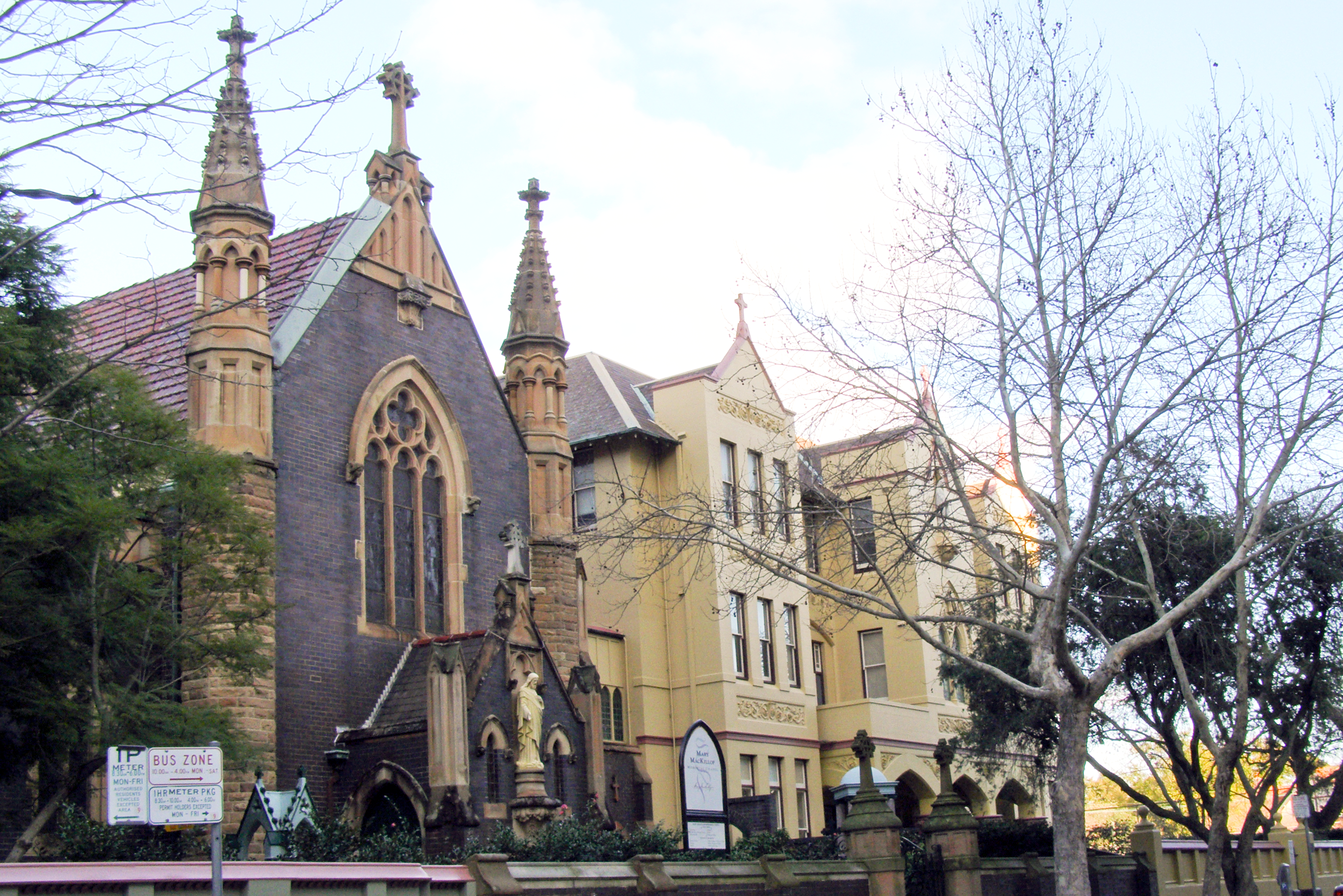
Mary MacKillop Place and the Sisters of Saint Joseph extend a warm invitation to celebrate the Feast Day of Saint Mary of the Cross MacKillop on Monday, 8 August 2022.
“After two years of disruption due to COVID, we look forward to welcoming pilgrims and supporters to Mary MacKillop Place in North Sydney,” says Sr Monica Cavanagh, Congregational Leader of the Sisters of Saint Joseph.
“Mary MacKillop Place is a site unlike any other because Mary lived, died and is buried here.”
Responding to a Call
July 8, 2022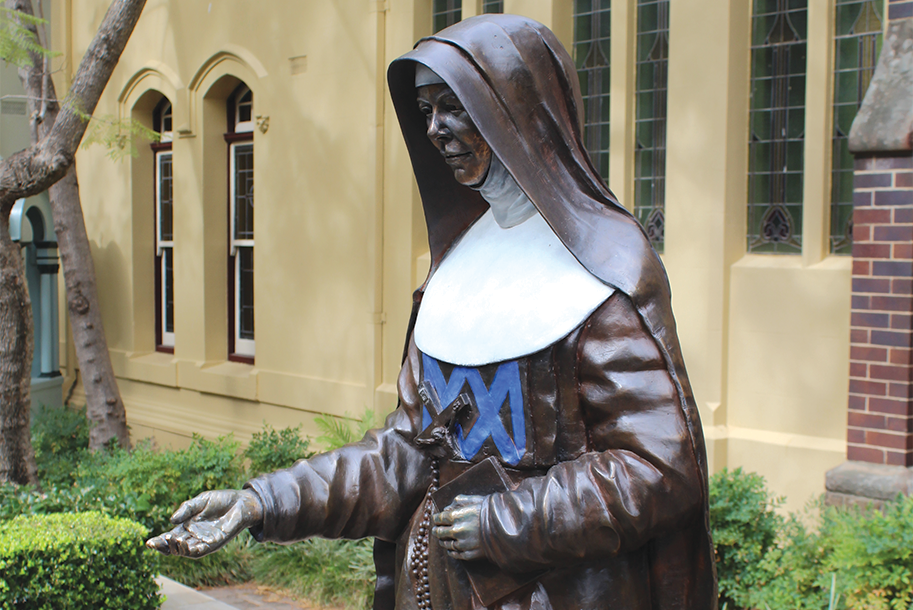
The phone rang as I was locking up the house before going to Saturday night Mass. It was the bishop wanting to know if I would go to a country town, 400 kilometres away to train people in leading Liturgy of the Word with Communion.
The parish had recently lost their priest, with no replacement available in the diocese. I assured the bishop that I would go. This was a call something like Mary MacKillop had envisaged for the Sisters of Saint Joseph long ago.
July Prayer Intention: The Elderly
July 7, 2022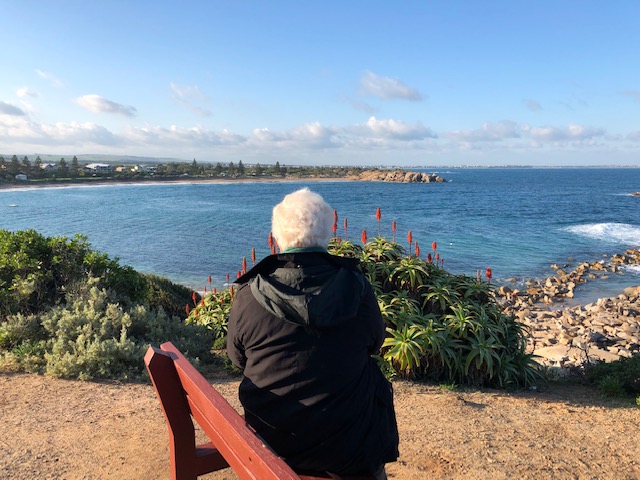
Each month, Pope Francis asks for our prayers for a specific intention. For the month of July, the prayer intention is for the elderly.
The Story of Two Women
There is an Alaskan Legend about two old women who were left to die when their tribe came across hard times. The families, who loved their elders, were sad as they walked away, knowing that they would never see these venerable women again.
Finding yourself at St Joseph’s by the Sea
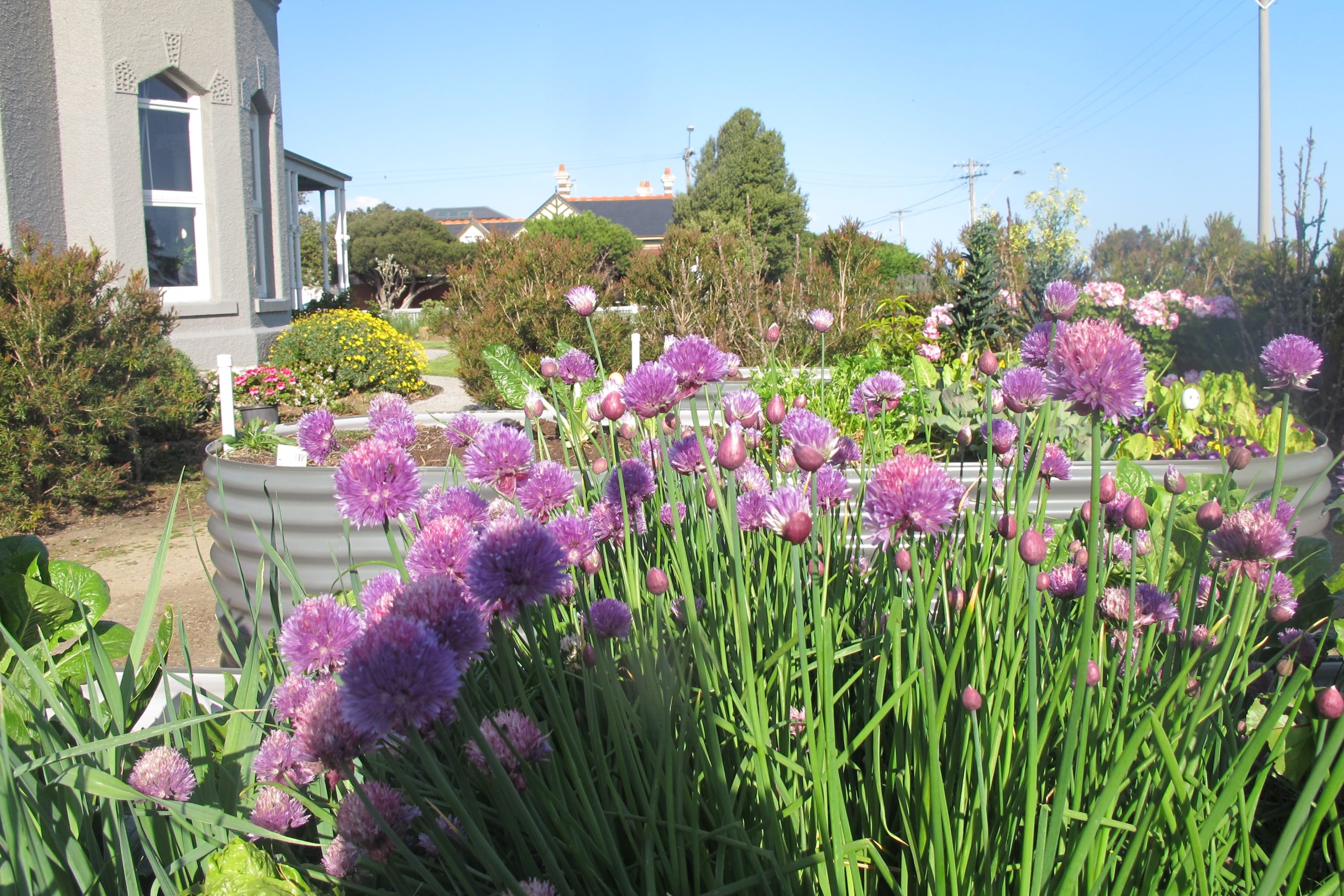
St Joseph’s by the Sea (SJBTS) is a retreat, conference and ecology centre situated on the shores of Hobson Bay, in Melbourne’s West on the lands of the Yalukit Willam, in Bunurong country and the Kulin Nation.
The Lava Blister (pictured below), which is millions of years old and an historic landmark, is situated on these shores and brings international people to visit.
Sea Sunday 2022
Sr Mary with seafarers working on container ships and gas tankers that deliver fuel and cargo to Port Botany.
“No Seafarers, No Shipping, No Shopping”
With Sea Sunday approaching on 10 July, we are challenged once again to reflect on the lives of seafarers.
Seafarers and fishers are critical to global trade. They toil daily on cargo and cruise ships as well as fishing trawlers all over the world.
Plenary Council Second Assembly
July 1, 2022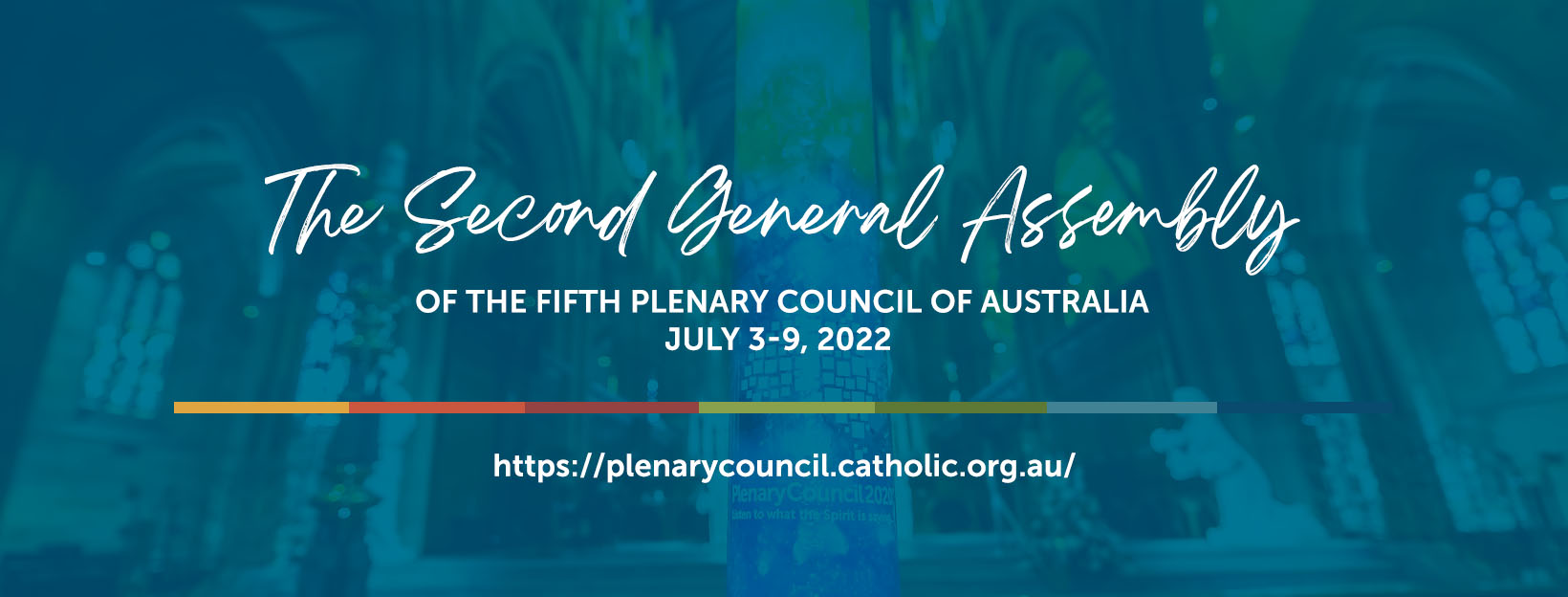
The second and final assembly for the Fifth Plenary Council of Australia will take place in Sydney from 4-8 July 2022.
At the assembly, the 277 Council Members will consider, discern and vote on the motions in the Framework for Motions that have emerged from that national journey, with the goal of renewing the life and mission of the Church in Australia.
Feast of the Sacred Heart
June 22, 2022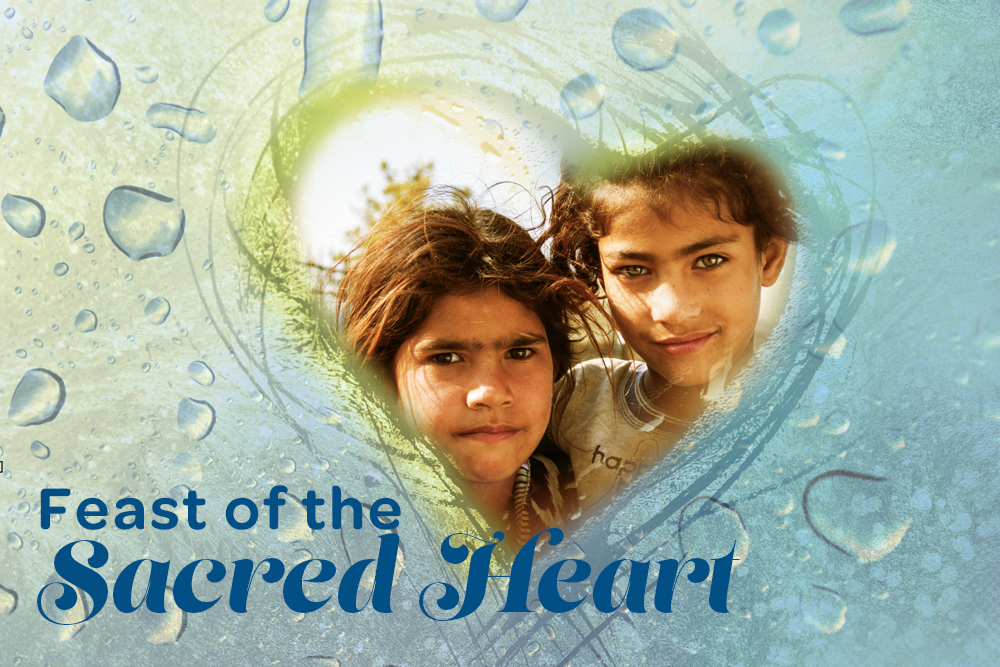
For us as Josephites, celebrating the feast of the Sacred Heart (24 June) is intimately connected to God’s compassionate love. The Constitutions of the Sisters of Saint Joseph remind us:
Celebrating ATSI Sunday and NAIDOC Week

From 3 July 2022, we celebrate two events: Aboriginal and Torres Strait Islander (ATSI) Sunday on 3 July and National Aborigines, and Islanders Day Observance Committee (NAIDOC) Week from Sunday 3 July until Sunday 10 July.
